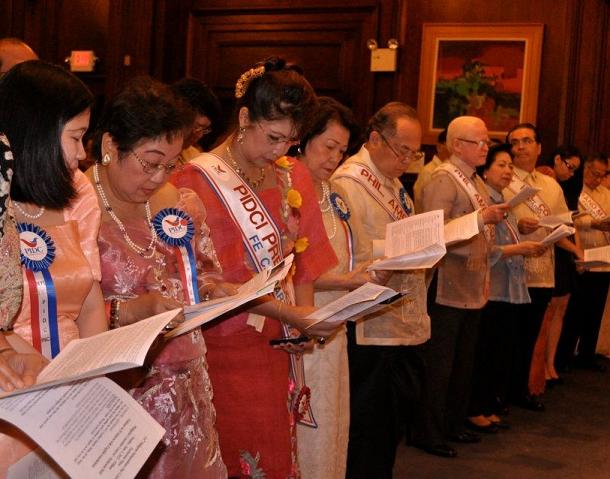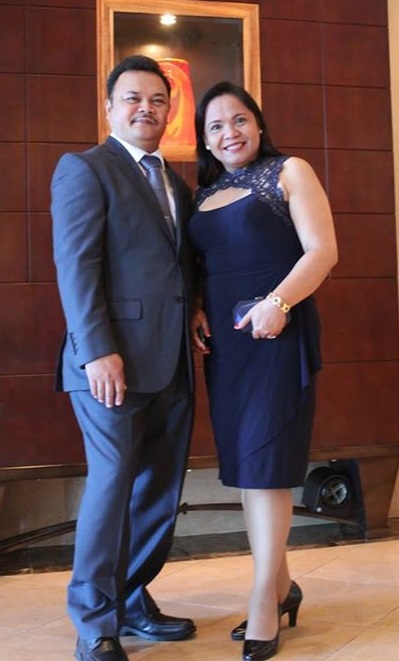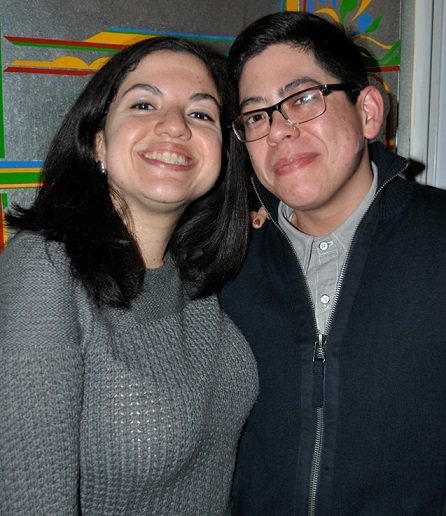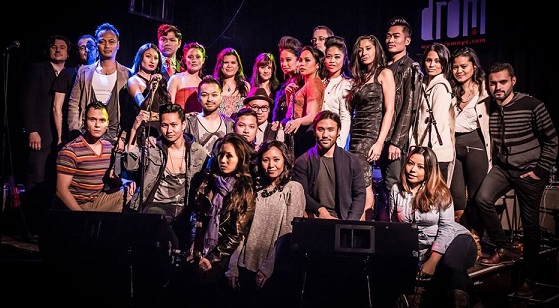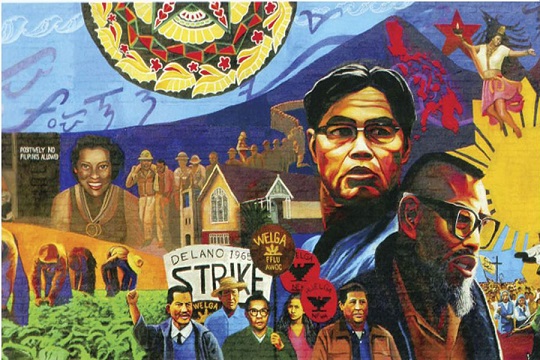Flores de Mayo & Santacruzan: classic Maytime festivals that inspire nostalgia
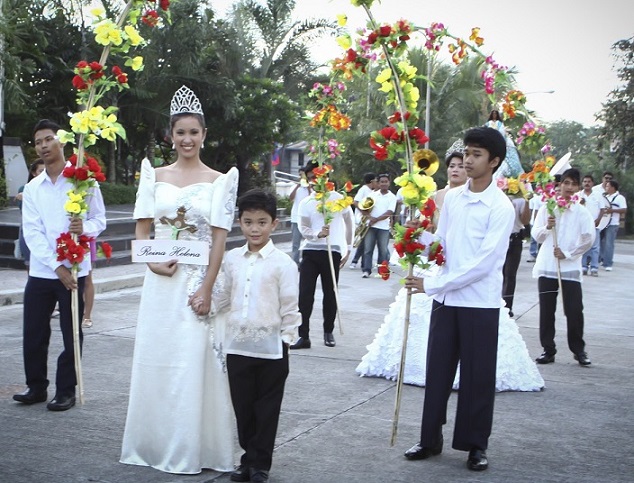
A typical Santacruzan in the Philippines. The tradition is being observed in U.S. regions where there is a heavy concentration of Filipino immigrants.
The month of May has just joined the 2013 scene. Yet, what seeks their place via the vehicle of nostalgia are two festivities central to homespun memories: the Flores de Mayo (flowers of May), and the Santacruzan (Holy Cross), another time-nurtured event.
The Flores de Mayo is a showcase of an event that stands alone as a Filipino festivity without parallel. Its highlight is the Santacruzan. That celebration runs the gamut of commemorations from the very humble (barangay) barrio of the Philippine town to what is known as Metropolitan Manila’s ‘social circles.’ It is not rare at all to see cosmopolitan crowds gather promptly to witness the festivity-studded celebrations owing to the event’s uniqueness that stands singularly among annually memorialized activities.
Having been kept alive as a Philippine cultural treasure, the Santacruzan is ageless. It is a reminder of true Filipino character. Faith and religion are intertwined.
Every year when the Santacruzan is recreated, it defines what the Philippines is and has been to the rest of mankind: The only Christian country in our part of the world.
For its central theme, the devotion to the Blessed Mother as the “Protector and Patroness of the Philippines” is depicted so eloquently.
Historical records indicate that one particular fervor, enshrined in deep faith, was a legacy from Spain; it dates back to the Galleon Trade epoch. During that period, from 1564 to 1815, Spanish galleons, numbers of them, were known to be built by Filipinos. Those vessels were known to ferry Oriental goods from the Philippines and elsewhere in Asia to the New World.
Seafarers told and retold their experiences as their Galleon ships plied the seas from Manila to Spain’s Sevilla and Mexico’s Acapulco.
That 250-year period called the Galleon Trade between Manila and Acapulco unwittingly served as the vehicle for European dances and art songs easily assimilated by talented musicians and dancers of Philippine lore. Performances by those famed artists of song and dance since they joined the music of the land were kept alive: traditions lived on and staged as they’ve been witnessed time and again during Flores de Mayo festivals, performed year in and year out in various parts of the Philippines.
Many of such well-acclaimed Philippine dances have found their niche in the Philippines’ history; art, dance and song and continue to thrill their audiences wherever performances are rendered. The Polkabal, a fusion of the polka and the valse (waltz), is one such illustration of the Filipino interpretation of the world of performance traced to Europe. Incorporation of the movements arose from the steps seen illustrating those of the jumping crow (‘luksong uwak’), the German Contretanz (contraganza, and the ‘paseo’ (leisurely walk). All these are but a few of certain dance entertainment performances that draw huge crowds to annual regional and nationwide celebrations of Flores de Mayo.
What has been carefully observed is the manner by which participants of the two celebrations go through in seeing to their renditions described as flawless. For those events, their participants are tastefully and beautifully dressed.
Just to view those who partake actively in the performances against the elegant background and scenery accompanied by the sights and sounds from musical ensembles trained for the occasion, transform their vast audiences so enthralled, leaving them in joyous delight with ample incentives to prepare them for the next annual celebration.
The Santacruzan likewise celebrates a legendary theme. It moves around the holy cross: ‘santa’ for holy and ‘cruz’ for cross.
Legend has it that Christ’s cross was handed down as a testimonial to Constantine, Rome’s ruler whose triumphs as a conqueror were matchless during his reign.
Among all of the Philippine Maytime festivals, Santacruzan is considered the most regal. The processions, held over nine evenings to reenact Saint Helena’s search for the “True Cruz,” feature the locale’s loveliest women, all in the garb of queens, wearing their most beautiful native terno (the term given to the Filipina’s national formal attire) that symbolizes the apex of elegance.
Therefore, it is not surprising why the most highly-sought roles in the festivals are those that are ascribed to Saint Helena, in the Santacruzan and the ‘sagala’ in the Flores de Mayo.
Over time, since the Philippine Commonwealth received its independence from the United Sates on July 4, 1946, the Filipina’s role has been regarded as an ‘equal partner’ in life, endowed with the same intellectual attributes and training given men.
That all participants of the Santacruzan are women, is a paradigm of life as it is lived, that Filipino women have assumed and will continue to assume meaningful roles as they continue to take their place in the sun, thanks to keeping alive the veritable meaning of the Santacruzan.
 Trust our award-winning law firm with your immigration case.
Trust our award-winning law firm with your immigration case.


